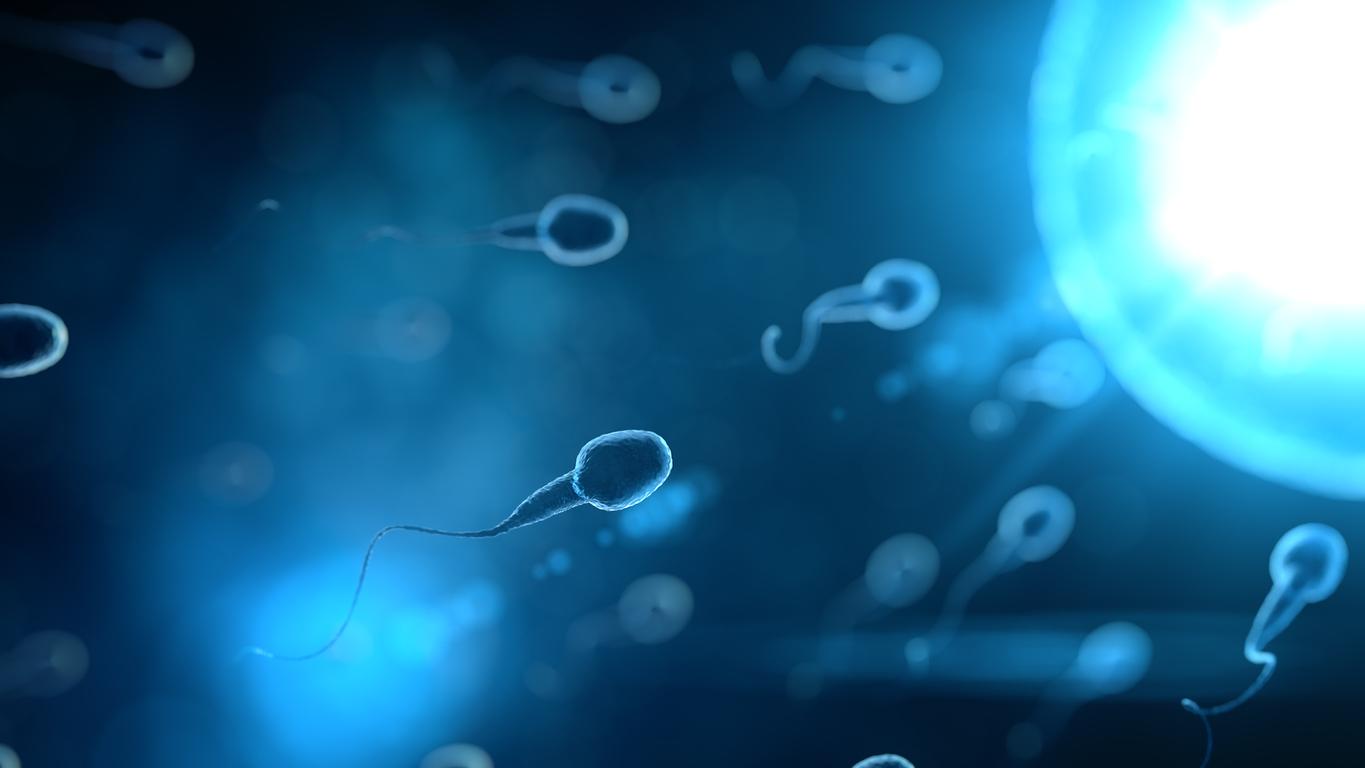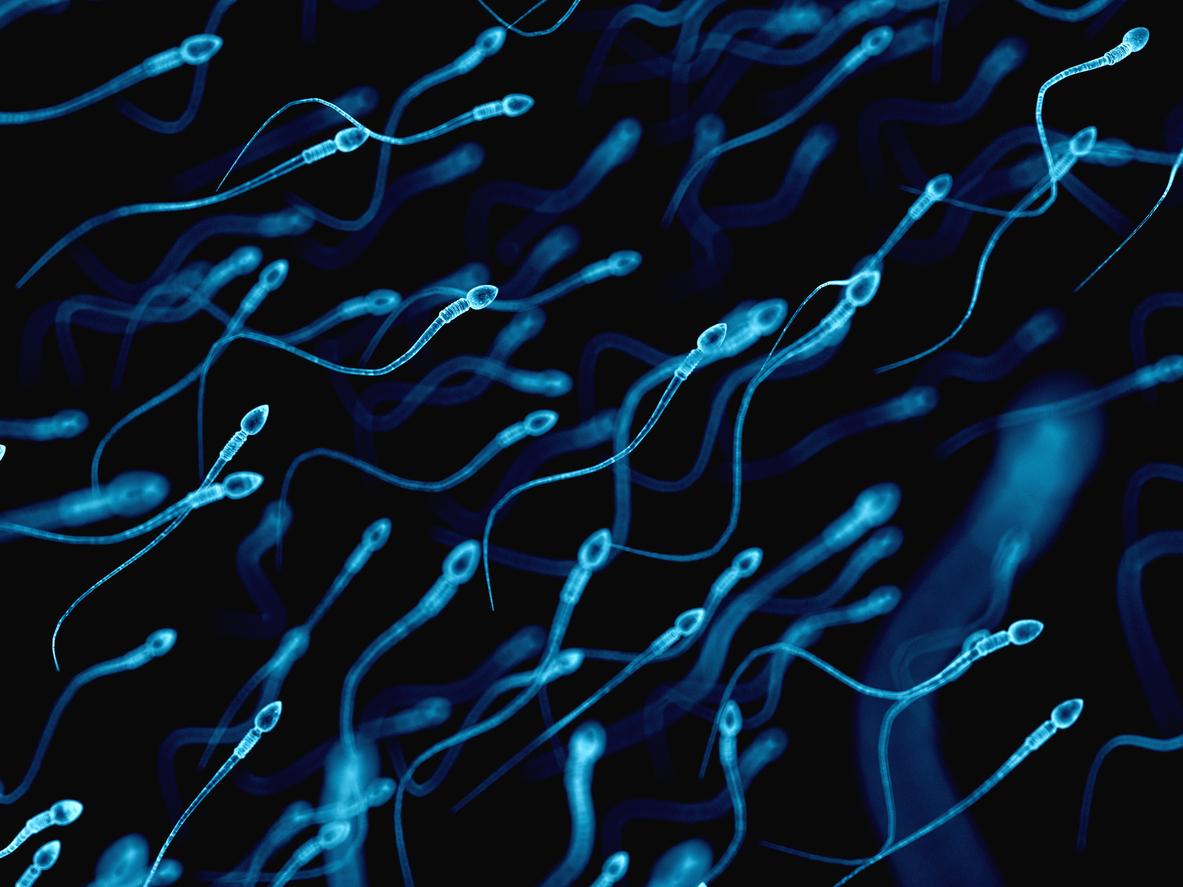Could microplastics be a factor in the global decline in sperm quality?

- Microplastics were found in 23 human testicles.
- Microplastic concentrations in human testicular tissue were 328.44 micrograms.
- Higher levels of PVC in human testes correlated with lower sperm counts.
In a new study published in the journal Toxicological Sciencesscientists claim to have detected “significant concentrations” of microplastics in human and dog testes. Another worrying fact: they also discovered that certain forms of microplastics could have a negative impact on sperm counts.
328.44 micrograms of microplastics in human testicles
Researchers looked for microplastics in 47 canine testicles and 23 human testicles collected during necropsies, and found microplastics in all of them.
The average concentration of microplastics in dog testicular tissue was 122.63 micrograms, while concentrations in human testicular tissue were 328.44 micrograms.
“At first I doubted that microplastics could enter the reproductive system. When I received the first results for dogs, I was surprised. I was even more stunned when I received the results for humans”, said Xiaozhong John Yu, author of the study and professor at theUNM College of Nursing.
Microplastics in human testicles: an impact on sperm?
The researchers were unable to count sperm in the human samples because of the way they were chemically preserved, but they were able to do so with the canine samples. They found that higher levels of PVC* in testicular tissue correlated with lower sperm counts.
“PVC can release many chemicals that interfere with spermatogenesis and cause endocrine disruption,” explained Xiaozhong John Yu on this subject.
Microplastics are tiny particles less than 5 millimeters in size that come from the breakdown of larger debris or products containing microbeads such as cosmetics.
They are very present in the environment (oceans, soils, rain, air, foodstuffs) and considerable evidence now indicates that they are also omnipresent in the human body.
Decrease in sperm quality: what are the figures?
According to a meta-analysis carried out by American and Israeli researchers in 2022, the average concentration of gametes in men’s sperm was halved in the space of 45 years. “It was 101 million spermatozoa per milliliter of semen in 1973 compared to 49 today,” indicates Inserm.
*The third most produced synthetic polymer in the world.

















